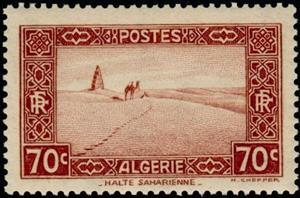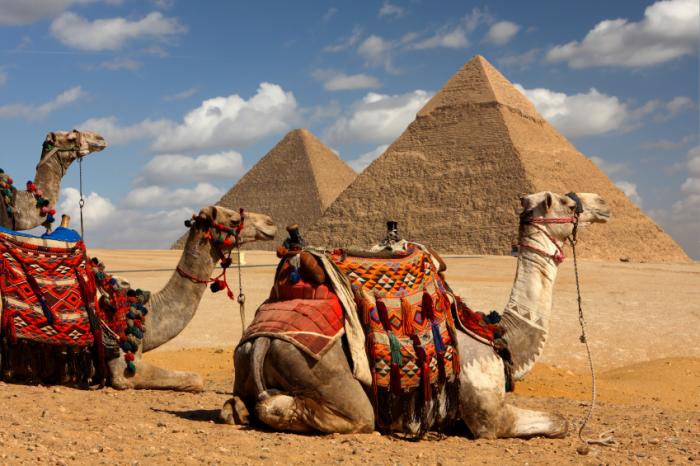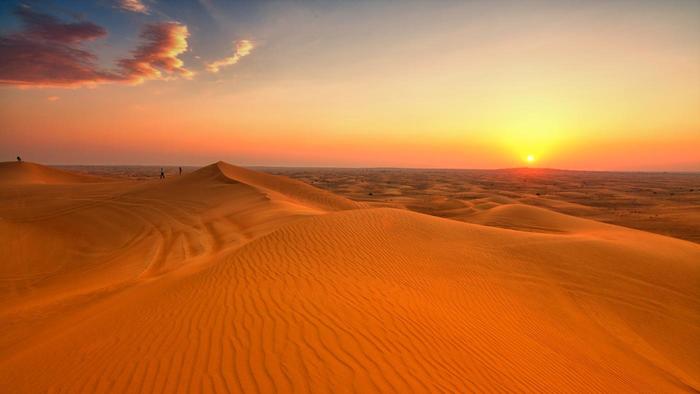Stamp: Halte saharienne-Stop Saharan (Algeria 1939)
Halte saharienne-Stop Saharan (Algeria 1939)
01 January (Algeria ) within release Definitives goes into circulation Stamp Halte saharienne-Stop Saharan face value 70 Algerian centime
| Stamp Halte saharienne-Stop Saharan in catalogues | |
|---|---|
| Michel: | Mi:DZ 141 |
| Yvert et Tellier: | Yt:DZ 138 |
Stamp is square format.
Halte saharienne-Stop SaharanAlso in the issue Definitives:
- Stamp - Mosquée Sidi Abderahmane face value 25;
- Stamp - Halte saharienne-Stop Saharan face value 70;
- Stamp - Lambese (arc de triomphe)-Lambese (arch) face value 90;
|
Data entry completed
53%
|
|
|---|---|
| Stamp Halte saharienne-Stop Saharan in digits | |
| Country: | Algeria |
| Date: | 1939-01-01 |
| Perforation: | 13 |
| Emission: | Definitive |
| Format: | Stamp |
| Face Value: | 70 Algerian centime |
Stamp Halte saharienne-Stop Saharan it reflects the thematic directions:
Mammals are any vertebrates within the class Mammalia (/məˈmeɪli.ə/ from Latin mamma "breast"), a clade of endothermic amniotes distinguished from reptiles (including birds) by the possession of a neocortex (a region of the brain), hair, three middle ear bones and mammary glands. All female mammals nurse their young with milk, secreted from the mammary glands. Mammals include the largest animals on the planet, the great whales. The basic body type is a terrestrial quadruped, but some mammals are adapted for life at sea, in the air, in trees, underground or on two legs. The largest group of mammals, the placentals, have a placenta, which enables the feeding of the fetus during gestation. Mammals range in size from the 30–40 mm (1.2–1.6 in) bumblebee bat to the 30-meter (98 ft) blue whale. With the exception of the five species of monotreme (egg-laying mammals), all modern mammals give birth to live young. Most mammals, including the six most species-rich orders, belong to the placental group. The largest orders are the rodents, bats and Soricomorpha (shrews and allies). The next three biggest orders, depending on the biological classification scheme used, are the Primates (apes and monkeys), the Cetartiodactyla (whales and even-toed ungulates), and the Carnivora (cats, dogs, seals, and allies).
A camel (from Latin: camelus and Greek: κάμηλος (kamēlos) from Ancient Semitic: gāmāl) is an even-toed ungulate in the genus Camelus that bears distinctive fatty deposits known as "humps" on its back. Camels have long been domesticated and, as livestock, they provide food (camel milk and meat) and textiles (fiber and felt from camel hair). Camels are working animals especially suited to their desert habitat and are a vital means of transport for passengers and cargo. There are three surviving species of camel. The one-humped dromedary makes up 94% of the world's camel population, and the two-humped Bactrian camel makes up 6%. The wild Bactrian camel is a separate species and is now critically endangered.
A desert is a landscape where little precipitation occurs and, consequently, living conditions create unique biomes and ecosystems. The lack of vegetation exposes the unprotected surface of the ground to denudation. About one-third of the land surface of the Earth is arid or semi-arid. This includes much of the polar regions, where little precipitation occurs, and which are sometimes called polar deserts or "cold deserts". Deserts can be classified by the amount of precipitation that falls, by the temperature that prevails, by the causes of desertification or by their geographical location.
Animals are multicellular, eukaryotic organisms of the kingdom Animalia (also called Metazoa). All animals are motile, meaning they can move spontaneously and independently, at some point in their lives. Their body plan eventually becomes fixed as they develop, although some undergo a process of metamorphosis later on in their lives. All animals are heterotrophs: they must ingest other organisms or their products for sustenance.




